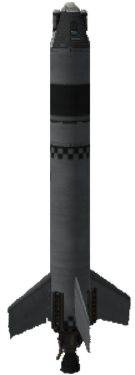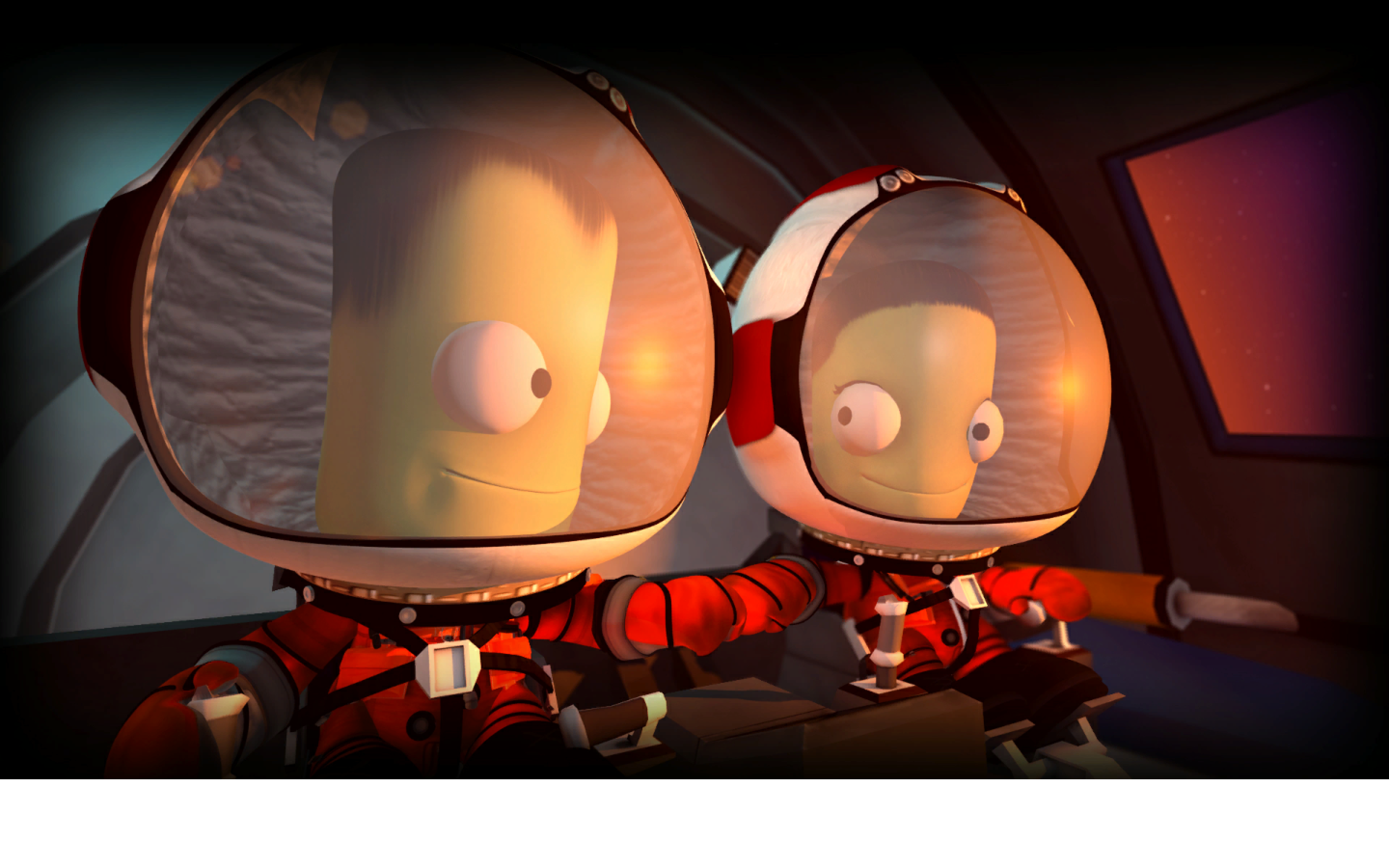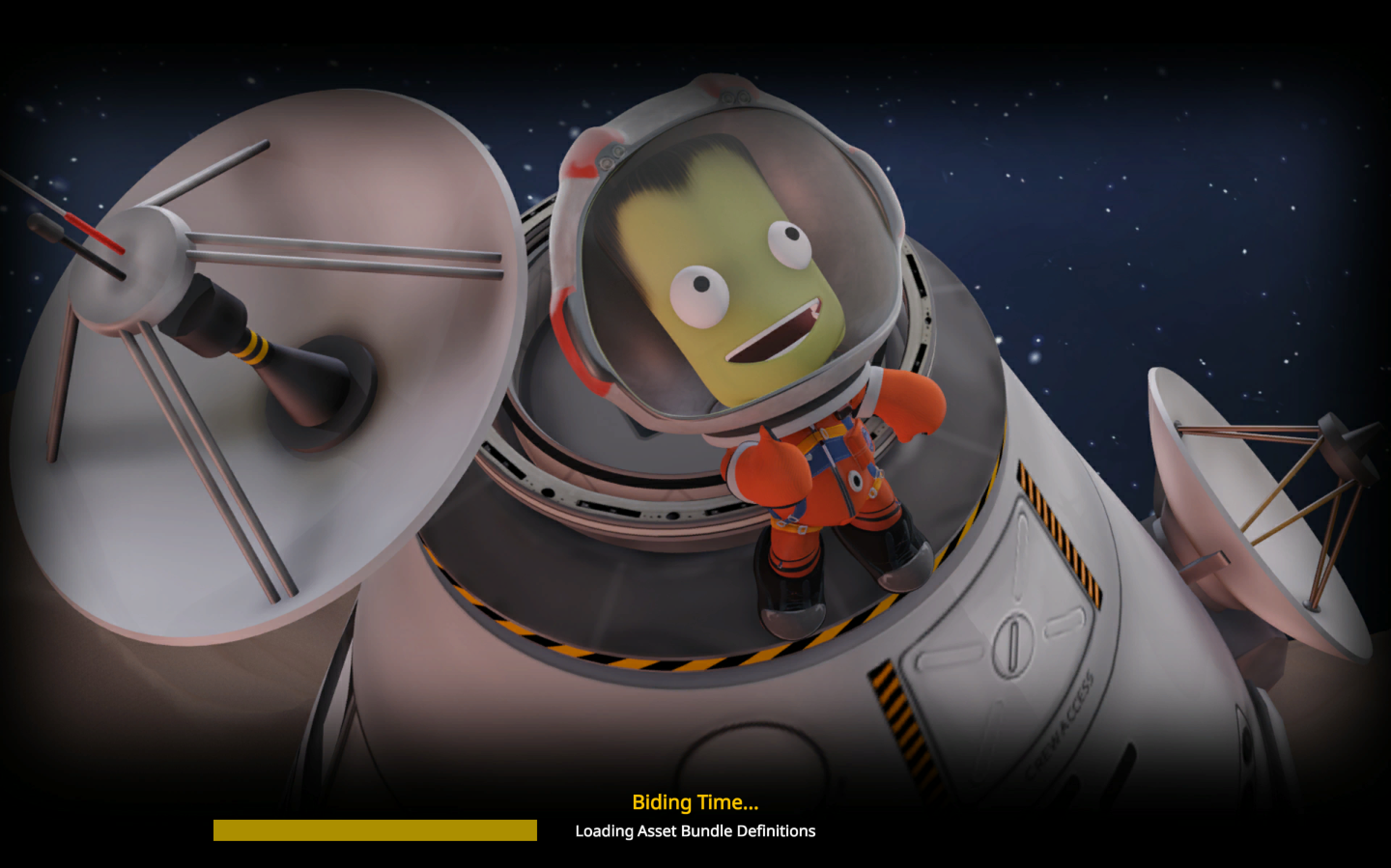This shows you the crew and spacecraft.







You can read the story. Or you can listen to my dramatized version.
The spacecraft sat on the launchpad awaiting mission control’s launch command. The head of mission control looked down and ran through the prelaunch checklist. As he named each stage and system, he would hear an answer from the technicians that ran the respective stage and systems.
The spacecraft launched with a blaze of smoke trailing behind it. The mission was going perfectly. The weather conditions couldn’t have been better. Suddenly, as the booster stages separated and started their fatal plunge to earth, an explosion blared over the room. Sirens wailed over the worried technicians. The head director calmly called for a status report. After a few minutes, they found the spacecraft was on course, and the craft had suffered minimal damage.Almost right after Scorpius III entered the mesosphere, the sirens boomed out again. This time the communications and sensor systems had blanked out. The director, now shaken and perspiring, called out orders over the sirens. The transmission systems were boosted. Soon, a faint signal emanated from the spacecraft. The signal was boosted and soon the communications and sensor systems were back online. The cause of the incident was a meteor that had penetrated the hull and had damaged the main transmitter. Soon after, Scorpius III lost its main fuel cells due to the damage done by the meteor.
The mission was aborted. Mission control realigned the spacecraft and sent it back to earth. This was very difficult. The computers were not programmed for this sort of reentry. Normally, they would have kept the spacecraft in orbit until it was in the correct position. All the things, like the calculations telling them when to do what, were not there to help them. Tense was the mood in the room as Scorpius III headed back into the atmosphere. Every order the director gave was obeyed to the letter. When they realized the parachutes would not slow the fall in enough time, immediate action was taken. The emergency rockets fired out and slowed the momentum until the spacecraft landed safely on the ground. A loud cheer rang out from mission control. They had done it.